12 Spaces Cats Avoid And Simple Changes That Can Make Them Feel At Home

Cats are mysterious creatures with specific preferences about where they hang out. Sometimes the spaces we think are perfect for our feline friends actually make them uncomfortable or anxious.
Understanding why cats avoid certain areas in your home can help you create a more welcoming environment. With a few simple changes, you can transform these avoided spaces into cozy havens your cat will love.
1. The Litter Box Area

Privacy matters to your feline friend during bathroom time. Place the litter box in a quiet corner away from food and water bowls.
Consider adding a decorative screen or using a covered box with an easy entry. Regular cleaning prevents odor buildup that might repel your cat from using their designated bathroom spot.
2. Under The Bed

Cats naturally seek dark, enclosed spaces when feeling threatened. The area beneath your bed offers security and a perfect observation point.
Make this hideaway extra inviting with a soft blanket or pet bed. Keep the space dust-free and consider placing a favorite toy nearby to create a personal retreat your cat will adore.
3. The Kitchen
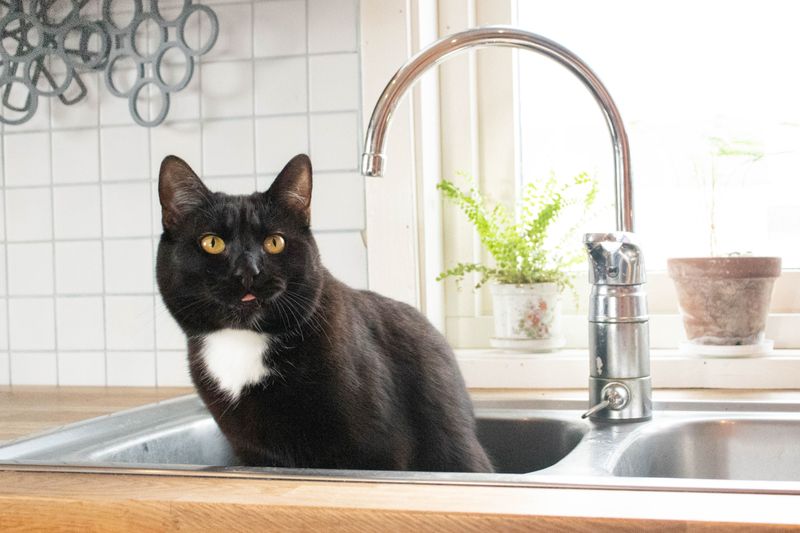
Hot surfaces, sharp utensils, and tempting but dangerous foods make kitchens risky for curious cats. Create a dedicated cat-safe zone away from cooking areas.
Install a comfortable window perch where your cat can watch your culinary adventures from a safe distance. Store cleaning products in locked cabinets and avoid leaving food unattended on counters.
4. High-Traffic Areas
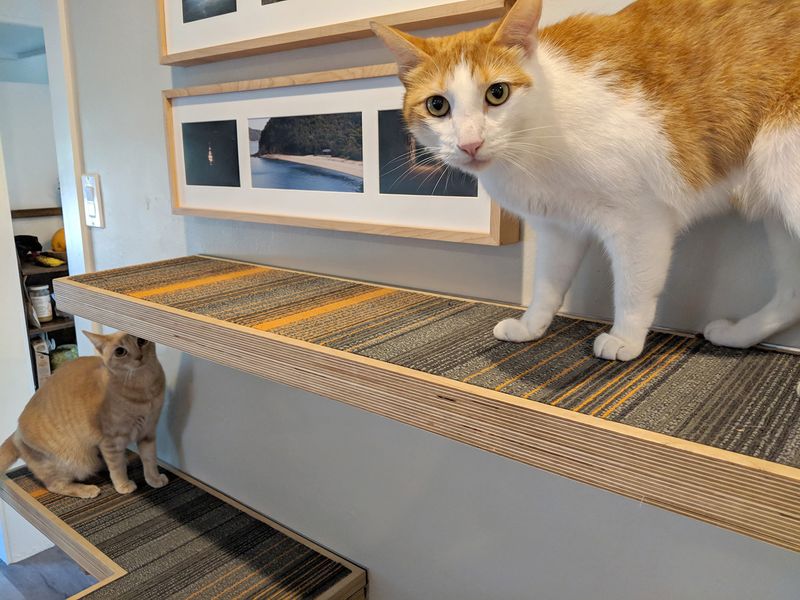
Constant foot traffic and unpredictable movements can make hallways and living room centers stressful for cats. They prefer predictability and control over their environment.
Create elevated pathways using cat shelves or furniture arrangements that allow your pet to navigate busy areas without getting underfoot. Vertical space gives cats confidence while keeping them safely above the hustle.
5. Uncomfortable Furniture
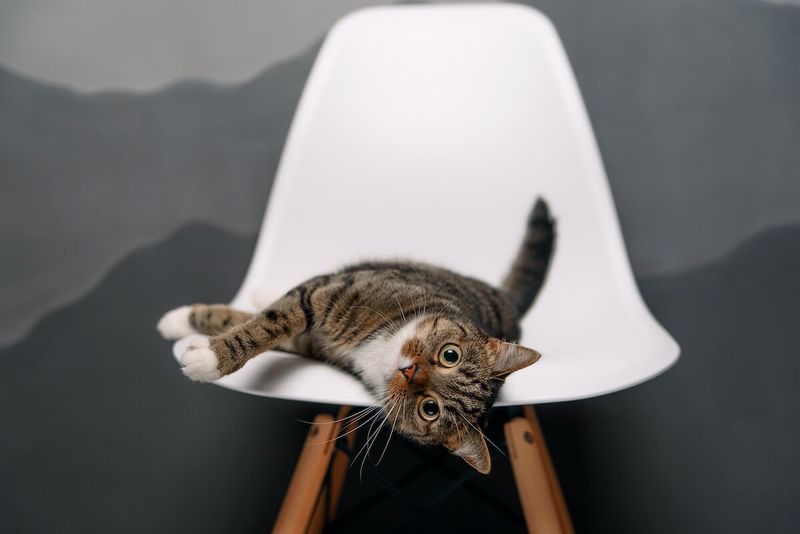
Slippery leather sofas or scratchy fabrics rarely appeal to comfort-seeking felines. Texture matters tremendously to our tactile friends.
Add micro-fleece throws or soft cotton blankets to create inviting landing spots. Position these cozy additions in sunny spots or near windows for maximum appeal. Your cat will quickly claim these soft islands as favorite lounging territories.
6. The Laundry Room

Chemical smells, loud machine noises, and potentially dangerous supplies make laundry rooms intimidating. Yet these spaces often offer warmth cats crave.
Install high shelving for safe lounging away from hazards. Store detergents in secured cabinets and always check your dryer before starting. A dedicated cat bed atop the washing machine (when not in use) offers vibration-free comfort.
7. Too Much Noise

Cats have sensitive hearing that makes loud environments genuinely stressful. Blenders, vacuum cleaners, and boisterous gatherings can send them into hiding for hours.
Create a designated quiet room with sound-dampening curtains and soft furnishings. Play gentle classical music or nature sounds to mask household noise. Provide escape routes so your cat never feels trapped in uncomfortable sonic situations.
8. The Bathroom
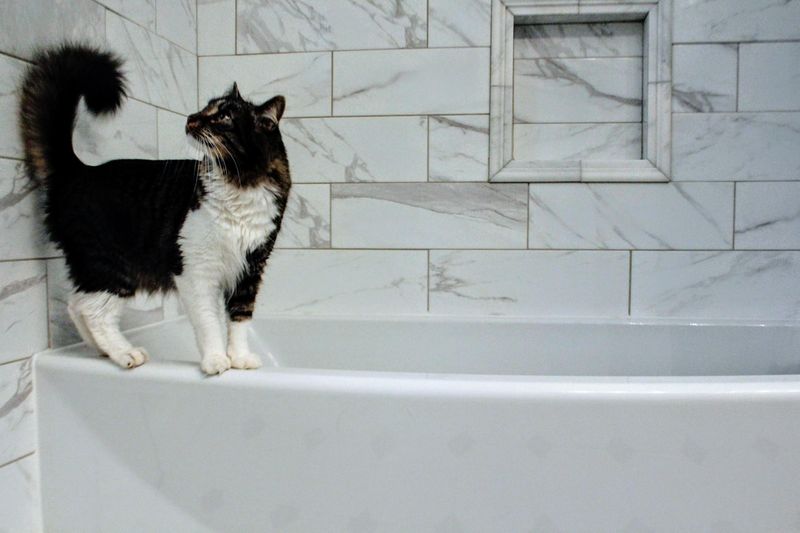
Running water, echoing sounds, and humidity fluctuations make bathrooms confusing territories for many cats. The occasional startling shower curtain movement doesn’t help either!
Add a non-slip mat for secure footing on slick tiles. Keep toilet lids closed to prevent dangerous falls or drinking from chemically treated water. A small shelf with a soft towel creates an observation perch for curious cats.
9. The Basement
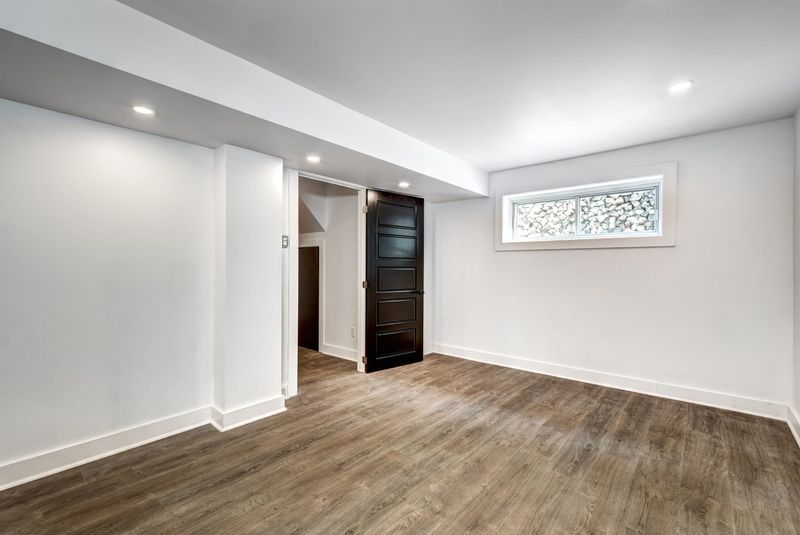
Dark, damp basements with strange smells and unfamiliar noises rarely appeal to cats despite offering excellent hiding potential. Temperature fluctuations add another layer of discomfort.
Increase lighting with motion-activated options that prevent your cat from being startled. Add a heated bed during colder months and ensure multiple exit routes. Clear clutter to eliminate falling hazards and potential hiding spots for unwelcome rodent visitors.
10. Your Workspace

Keyboards make terrible cat beds, yet our feline friends seem determined to prove otherwise! They’re not being difficult—they simply want to be near you.
Position a cat bed or cushion adjacent to your desk within petting distance. Clear a small shelf space exclusively for your cat to perch while you work. The combination of proximity to you and a dedicated space often resolves workspace invasion issues.
11. The Closet
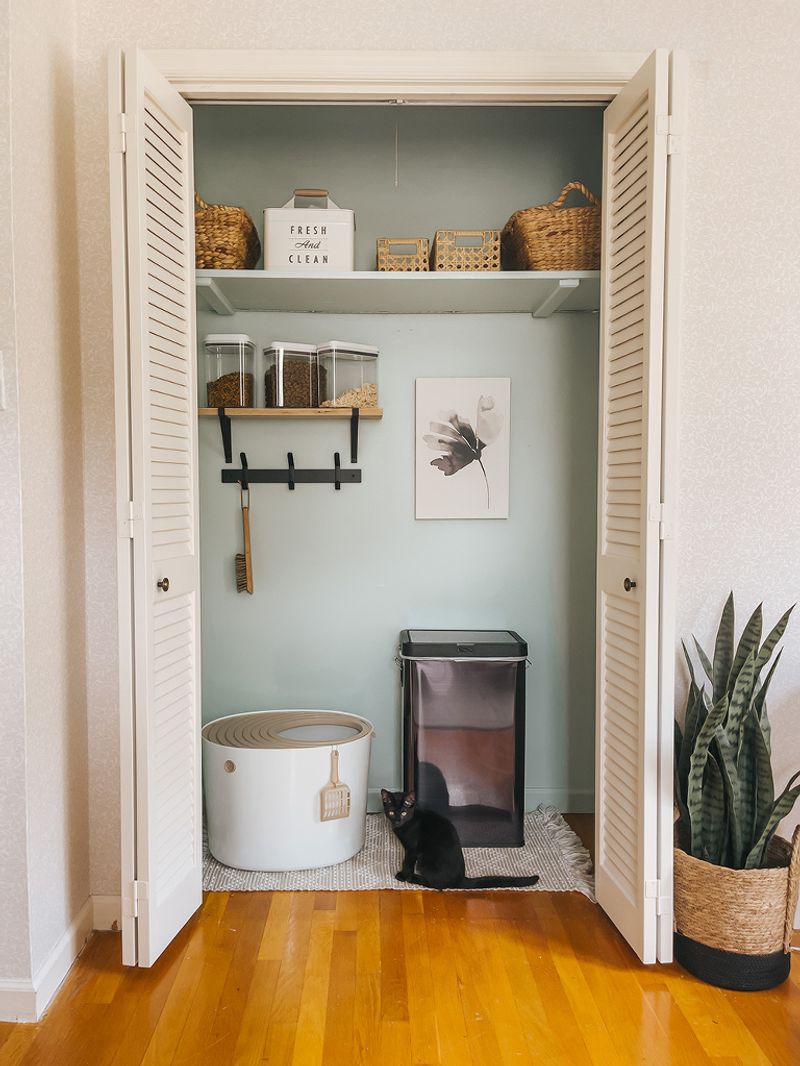
Closets offer enticing hiding spots, but swinging doors pose pinch hazards while chemical-laden clothing treatments repel sensitive noses. Seasonal clothing rotations disrupt carefully established territory.
Install a hook to keep doors partially open, preventing accidental lockups. Designate a bottom shelf with a soft towel as an official cat spot. Remove mothballs and use cedar blocks instead for a more natural, cat-friendly scent deterrent.
12. The Garage

Vehicle fluids, power tools, and chemical storage make garages dangerous for curious cats. Temperature extremes compound these hazards, especially in seasonal climates.
Create a dedicated cat corner away from vehicles and tools. Use sturdy shelving to provide safe elevated spaces. Store all chemicals in sealed containers inside locked cabinets. A small pet door allows access while keeping wildlife out.






